
African Americans in Oklahoma Before 1954
The Black Press
During the early 1900s, newspapers published by Black editors could be found in most communities with a sizeable African American population. Editors devoted most of their column space to the usual topics of local papers: area news, advice, and advertisements. The Black press served other important purposes as well. Larger newspapers published by whites in the same communities either ignored stories about their Black neighbors or embraced racist frames to present them. The Black press included these stories with greater accuracy. Subscriptions frequently came from outside the community, which helped create a network of Black publishers and readers throughout the country. These editors used their column space and editorials to advocate for the recognition of Black political and civil rights.
Edward P. McCabe and The Langston City Herald
Born in New York, Edward P. McCabe settled in Kansas after training as a lawyer. Active in Republican politics and a strong advocate for All-Black towns, he moved to Oklahoma in 1890, and established The Langston City Herald in 1891. His primary goal for the paper was to attract more Black settlers to Oklahoma. He campaigned to reserve a portion of Oklahoma in the hopes of creating an All-Black state.
He operated The Langston City Herald until 1902. The weekly paper, with subscribers in many states, included appeals for African Americans to settle in Oklahoma, presenting the territories as a promised land with excellent soil and minimal conflict. The paper also shared international, national, and local news. Articles and editorials examined issues facing African Americans at the time and argued for the defense of their rights.
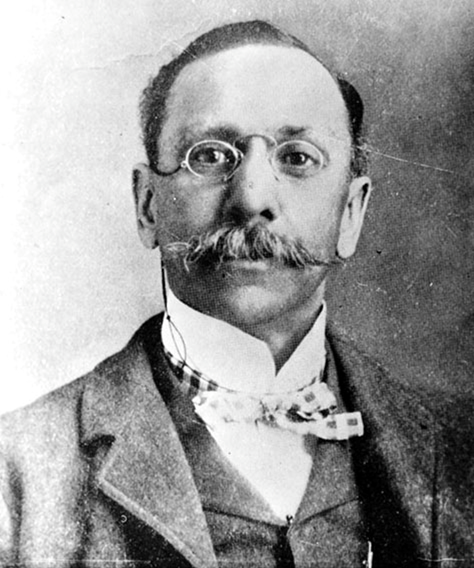
E. P. McCabe (12151, Oklahoma Historical Society Photograph Collection, OHS).

Masthead of The Langton City Herald
George Napier Perkins and The Oklahoma Guide
George Napier Perkins was born in Tennessee and moved to Arkansas as a teenager. A soldier and lawyer, Perkins served in several civic positions in Arkansas, including as a delegate to the Reconstruction-Era Constitutional Convention, justice of the peace, and city councilor. Perkins concluded Oklahoma offered great opportunity to Blacks and migrated to Guthrie.
Perkins continued his public service in Guthrie, serving on the city council from 1894 to 1902. The territory began its shift to excluding Blacks from participation in government in the early 1900s, so Perkins shifted to activism, promoting an All-Black state and arguing against the efforts to establish segregation by law.
He established The Oklahoma Guide in 1892. A long-running paper, it continued past Perkins’s death in 1914 and was published until 1922 by his niece Elmira S. Ridley.
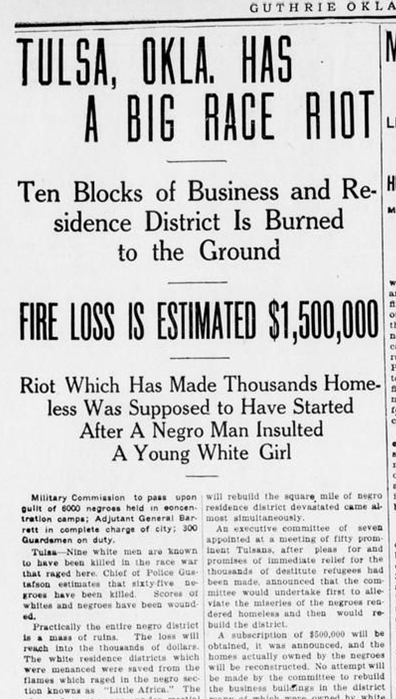
Reporting on the Tulsa Race Massacre in The Oklahoma Guide, June 9, 1921.
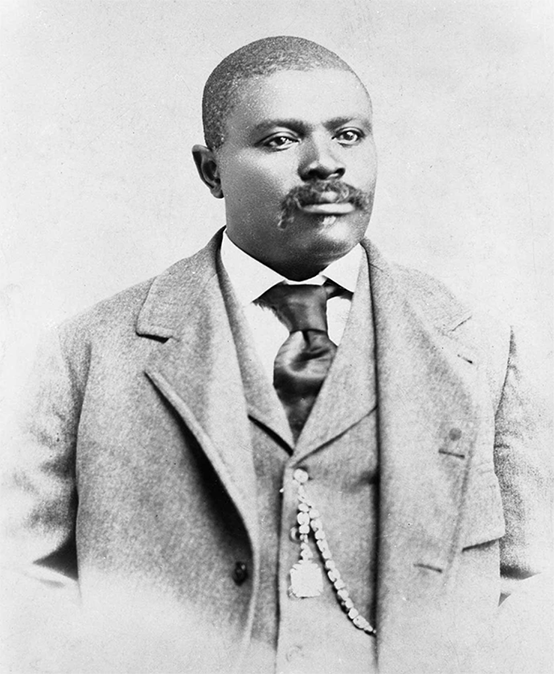
George Napier Perkins (5950, Oklahoma Historical Society Photograph Collection, OHS).
W. H. Twine and The Muskogee Cimeter
Known as “The Black Tiger,” William Henry Twine made the Sac and Fox Land Run in 1891. Trained as a lawyer, he was admitted to the Oklahoma Territory Bar and began the first Black law firm in the same year. He moved to Muskogee after concluding the upcoming allotment of tribal lands would result in work for lawyers. Beginning in 1898, he published The Pioneer Paper. In 1904 he closed that The Pioneer Paper and began publishing The Muskogee Cimeter.
When no African Americans were selected for the Single Statehood Convention in 1905, he and others organized an alternate convention. These activists worked through multiple organizations and through the Black press to oppose efforts by political leaders to exclude Blacks and force second-class citizenship on them. The Negro Protective League of Oklahoma and Indian Territories and the Anti-Jim Crow League are two of the groups Twine worked with to advance equality. He met with President Theodore Roosevelt to oppose the proposed state constitution because of its endorsement of segregation. He and another lawyer filed a lawsuit testing Senate Bill One. His work gained the attention of many, including the newly-formed Ku Klux Klan. Twine faced death threats for years.
The Muskogee Cimeter offered a wealth of information in its pages. The editorial pages argued tirelessly for Black participation in politics. The paper heavily featured political news with an evident pro-Republican bias.
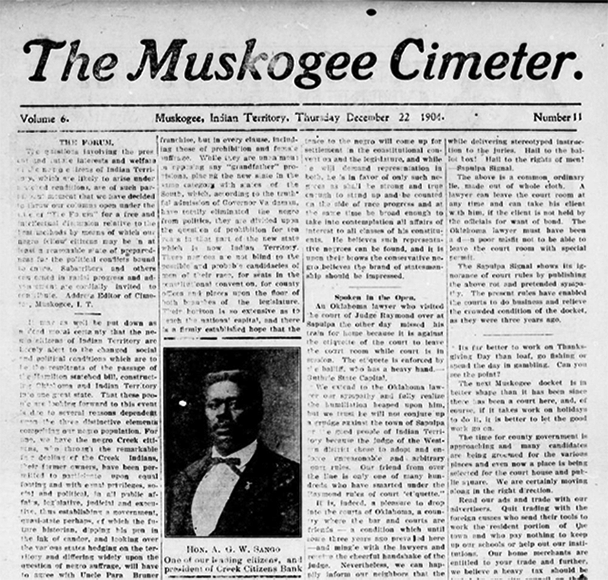
Twine’s newspaper, The Muskogee Cimeter, 1904 (OHS).
A. J. Smitherman and The Tulsa Star
A. J. Smitherman moved to Muskogee from Alabama as a child. He left the state to attend college and earn a law degree. He returned in 1908 and began working for W. H. Twine as both a lawyer and journalist. Both men worked to protect clients from the “guardianship racket” in which whites petitioned the courts to take control of the financial affairs of American Indians and Freedmen who had been allotted land. They successfully defended the property rights of Warrior A. Rentie, whose land earned over $100,000 a year. The men regularly used both the courts and The Muskogee Cimeter to advance their causes. Over time, Smitherman moved away from the Republicanism of his mentor and started his own paper in Muskogee, where he advocated Blacks should make the parties earn their support.

W. H. Twine (left) and A. J. Smitherman (image courtesy Uncrowned Community Builders).
Smitherman moved to Tulsa in 1913 and established The Tulsa Star with an investment from J. B. Stradford. Smitherman created the first Black daily newspaper and the first Black newspaper in Tulsa.
From the beginning, the pages of The Tulsa Star demanded the recognition of rights, argued in favor of the principle of self-defense, and chronicled the frequent confrontations Smitherman engaged in with those who wanted to commit violence on Black communities. In 1917, he investigated a story about the torching of a Black neighborhood in Dewey, Oklahoma, which resulted in charges for 36 members of the mob. He stopped lynchings and was a vocal critic of law enforcement that refused to protect those in their custody.
He continued to publish until the night of May 31, 1921. On that night, Smitherman led two groups of Black men to the courthouse in an attempt to protect a Black man being held in custody and threatened with lynching. When a fight broke out on the second attempt, the large crowd of white men began chasing the Black men. The Tulsa Race Massacre had begun. During the night, whites invaded Greenwood and set fire to the community, including The Tulsa Star offices. Smitherman fled, knowing many would work to blame him for the violence the whites had perpetrated. The State of Oklahoma attempted to prosecute him for the riot and worked to have him extradited. He refused to return and established another paper, this time in Buffalo, New York. He published until his death in 1961.
Theodore Baughman, the Goodwin family, and The Oklahoma Eagle
Two men, Theodore Baughman and James Henri Goodwin, worked at The Tulsa Star. In June 1920, Theodore Baughman established a competing paper named The Oklahoma Sun. After the Tulsa Race Massacre forced A. J. Smitherman from the state, Baughman salvaged what equipment he could from the wreckage of The Star’soffices. He began publishing under the name The Oklahoma Eagle, and continued throughout the 1920s. In 1933, Goodwin’s son approached Baughman about purchasing the paper. Baughman went into partnership with Goodwin in 1936. Baughman died in 1937 and Goodwin gained full ownership over the paper. The Goodwin family has operated The Oklahoma Eagle for four generations and, as of 2023, it remains in publication.
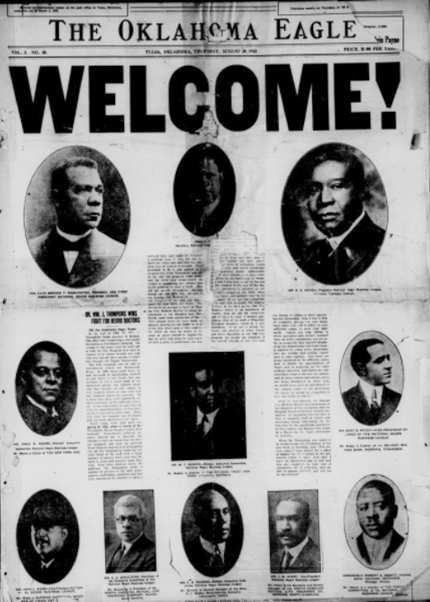
August 20, 1925, issue of The Oklahoma Eagle
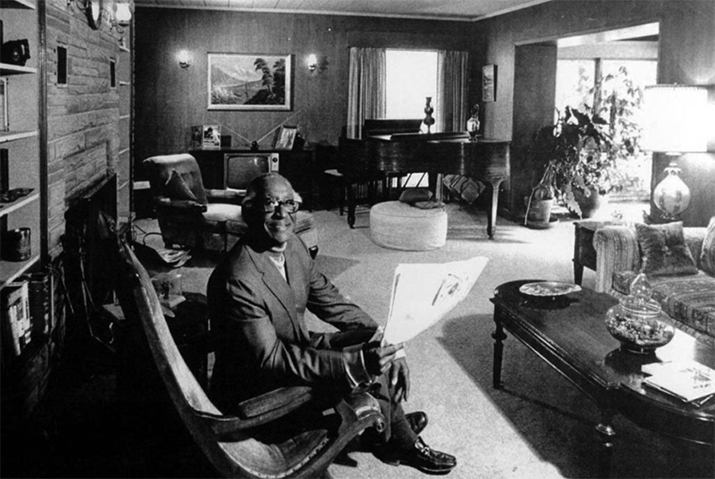
E. L. Goodwin (image courtesy The Oklahoma Eagle).
Roscoe Dunjee, Drusilla Dunjee Houston, and The Black Dispatch
Roscoe Dunjee was born in 1883, the son of a Baptist minister. He dropped out of school and started a farm, but continued to educate himself by reading the 1,500-volume library his father left him. Successful as a truck farmer, he gained enough wealth from this career to purchase a printing press. In 1915, he began publishing The Black Dispatch. Dunjee’s sister, Drusilla, became a contributing editor from the paper’s inception. In addition to working on the paper, Drusilla Dunjee Houston published a three-volume history about Ethiopia and the Cushite Empire, presenting, much like W. E. B. Dubois, credible studies on African history.
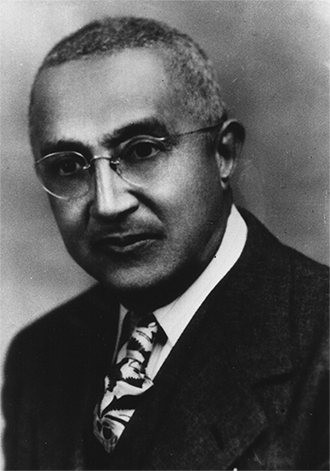
Roscoe Dunjee (image courtesy The Oklahoma Journalism Hall of Fame).
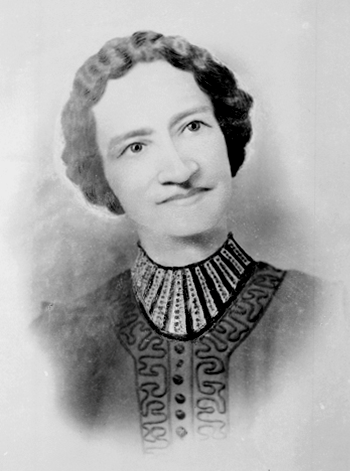
Drusilla Dunjee Houston (21166.P.HO.1, W. P. Greene Collection, OHS).
The Dunjees used The Black Dispatch to advocate for many issues, but the theme of civil rights for African Americans was central to the paper. Roscoe Dunjee used the paper to popularize civil rights campaigns, both local and national. His insightful editorials and national scope resulted in the paper gaining subscribers throughout the United States. His work on the Black Dispatch led the National Newspaper Publishers Association to recognize Dunjee as “a giant in American journalism.”
Publishing Oklahoma City’s only Black newspaper, Dunjee worked tirelessly to defend and advance the rights of African Americans. He helped found the state chapter of the NAACP and, within that organization, helped guide numerous court cases testing segregation throughout the state’s institutions, including these successful decisions: Hollins v. State of Oklahoma (1935), Sipuel v. Board of Regents of the University of Oklahoma (1948), and McLaurin v. Oklahoma State Regents (1950). He also organized the tests and subsequent court cases that led other courts to declare residential segregation in Oklahoma unconstitutional. The exceptional strategy and organization Dunjee brought to the opposition of segregation makes him a towering figure in Oklahoma history and an overlooked civil rights activist of national importance.
